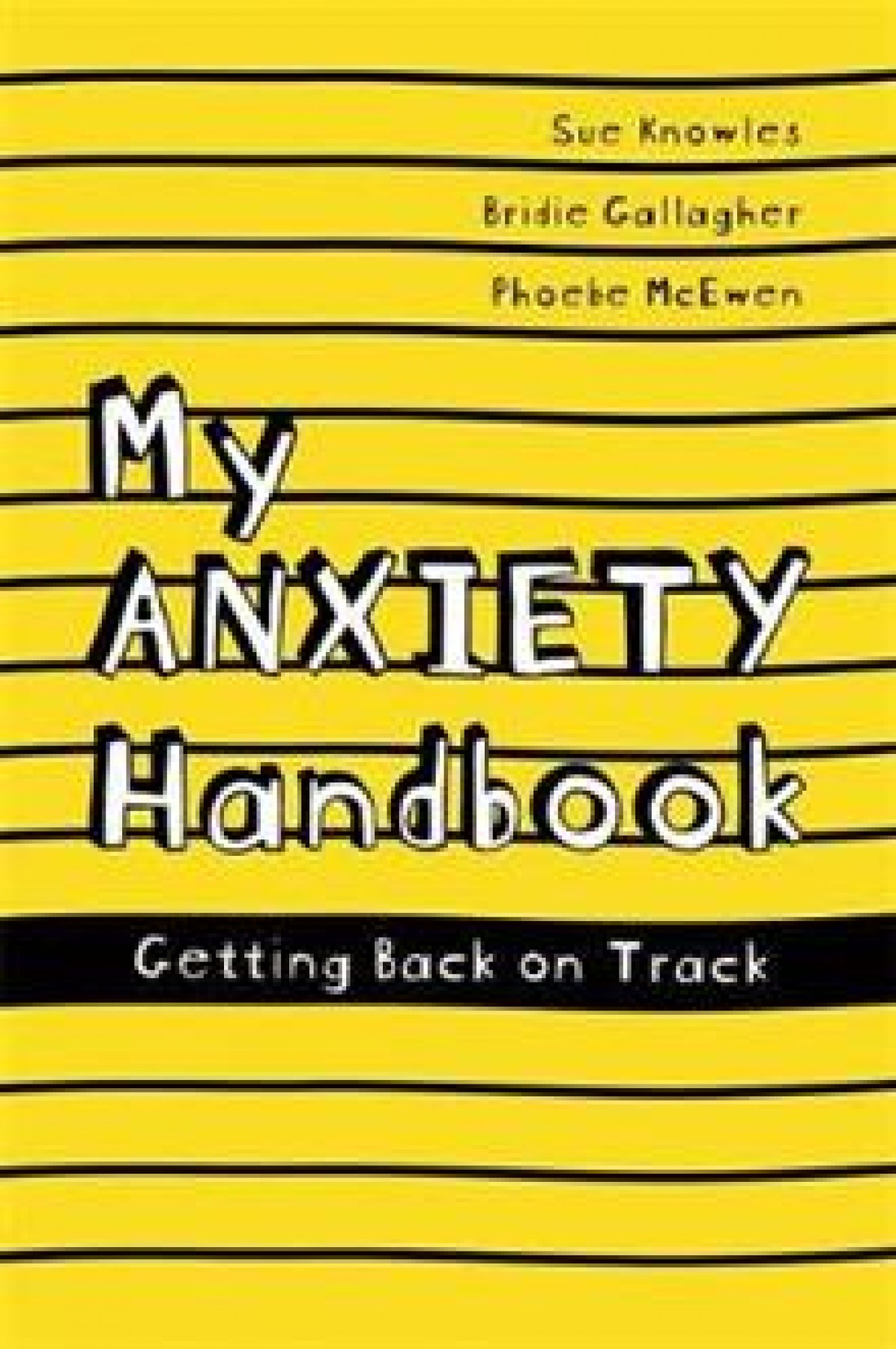My Anxiety Handbook is a good book for teens living with anxiety. It uses easy-to-understand, informative language, diagrams and the occasional illustration. Most of the chapters are broken into smaller paragraphs, and step-by-step guides are clearly labelled. The clear format works perfectly for my logical brain.
The book itself is a collection of explanations and tips for living with anxiety. I have started implementing a lot of the suggested actions in my life; some help and some don’t, and the book acknowledges that that’s okay, which made me feel a lot better. I’m a bit skeptical about mindfulness, but the way this book described it finally made sense to me and I’m going to finally give it a chance!
One important aspect the book discussed was asking for more help. It did not only say that you should do so, but it gave you ideas of how you can, which I think is a really important approach.
At first the simple language irked me, and it might irk some other people, but as I kept reading I realised it was part of the charm. If I’m reading something to help my anxiety I don’t want big words, scientific names and definitions, or anything that makes me feel overwhelmed. It also means people of all ages will find it easy to understand.
My only other pet peeve was the way they reference other chapters in the book quite frequently. I can understand why, but when you’re reading it in a linear fashion it can be a bit weird!
Overall I believe this was a very good book. The tips were super helpful and have already started helping me cope with anxiety, and I’m excited to implement mindfulness into my life.
I would recommend this book for teens who want a chill, simple book to provide them with tools to deal with their anxiety.
Reviewed by Kiefer Hunt, Tawa College
I have really enjoyed reading My Anxiety Handbook and highly recommend it. It is written with 12-18-year-old readers in mind; however it is a great introduction for anyone who is interested in the topic.
The authors are a trio, two health professionals and a young person who has experience of anxiety. The book is divided into 13 chapters and covers what anxiety is, how it could be triggered as well as lots of different strategies and exercise which might help the young reader to cope better.
The authors believe that anxiety is ‘a normal, healthy, human emotion – but sometimes it can become so big that it can get in the way of everyday life’. They acknowledge that different things work for different people and therefore have included a range of techniques for the reader to pick and choose from.
I particularly liked the chapter where a collection of people share their personal stories of anxiety and what has helped them to manage their feelings. These people were of different ages, demonstrating that anyone can suffer from anxiety.
There is a useful ‘anxiety survival plan’, which can be filled out and remind the reader of the different strategies they might use when feeling anxious. I might even fill out such a plan myself!
Kristina Pinto, Speech-Language Therapist

